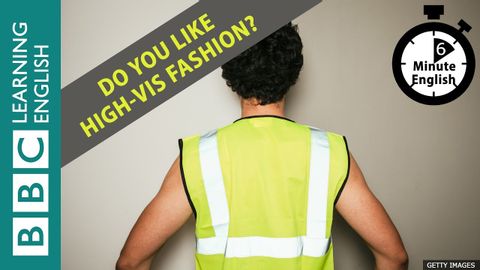
Subtitles & vocabulary
Do you like high-visibility fashion? 6 Minute English
00
王杰 posted on 2022/06/17Save
Video vocabulary
sort
US /sɔrt/
・
UK /sɔ:t/
- Transitive Verb
- To organize things by putting them into groups
- To deal with things in an organized way
- Noun
- Group or class of similar things or people
A1TOEIC
More stick
US /stɪk/
・
UK /stɪk/
- Verb (Transitive/Intransitive)
- To push a sharp or pointed object into something
- To join together using glue or paste
- Countable Noun
- Long thin piece of wood from a tree
A2
More ridiculous
US /rɪˈdɪkjələs/
・
UK /rɪˈdɪkjələs/
- Adjective
- Funny or foolish; deserving to be laughed at
A2
More Use Energy
Unlock All Vocabulary
Unlock pronunciation, explanations, and filters
